Class 7 Science Chapter 6 HOTS Questions - Adolescence: A Stage of Growth and Change
Q1. How can physical activities like cycling or team sports help adolescents manage emotional changes like mood swings or anger?
Ans: Physical activities help release happy hormones that reduce stress and make us feel better. They keep the body fit and the mind calm. Playing games, dancing, or cycling is a fun way to express feelings. These activities help manage anger, sadness, or boredom in a positive way. It also helps in making friends and learning teamwork.
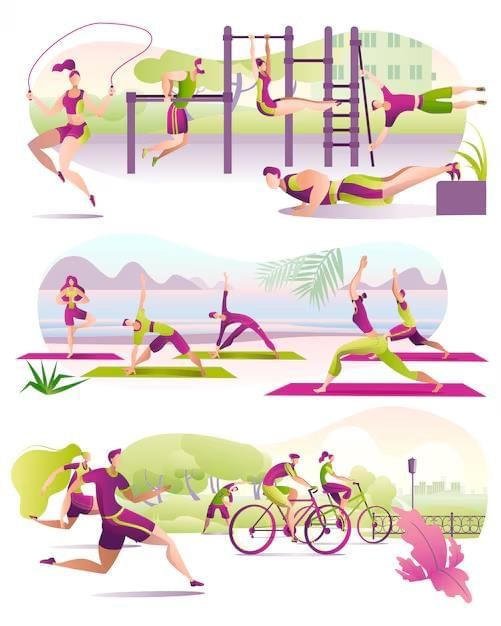
Q2. If two friends, Dev and Ravi, start adolescence at different ages, is that something to worry about? Why or why not?
Ans: No, it’s not something to worry about. Every child’s body grows at its own pace. Some may start showing changes earlier, and others later. This is called individual variation, and it is completely normal. Just like some plants grow faster than others, people also grow at different rates. We should accept and respect our bodies without comparing ourselves to others.
Q3. Why do you think it is important to understand secondary sexual characteristics like voice change or breast development during adolescence?
Ans: Understanding secondary sexual characteristics helps adolescents accept their body changes with confidence. These features, like a deeper voice in boys or breast development in girls, are signs that the body is growing and preparing for adulthood. If we understand that these changes are normal and healthy, we will not feel scared, embarrassed, or confused. It also helps us respect changes in others and treat everyone kindly.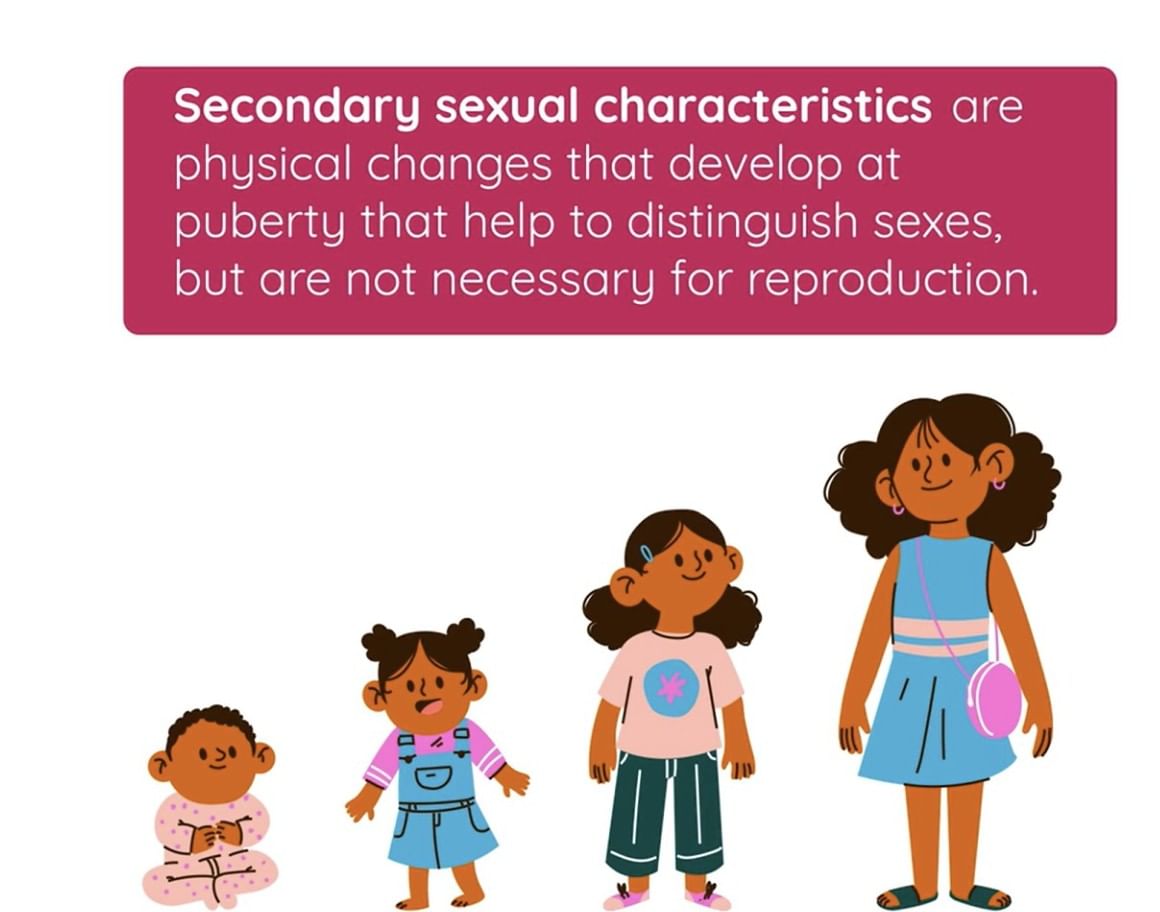
Q4.During a school health class, Neha’s friend Anu hesitated to talk about her period because she had heard that girls shouldn’t enter the kitchen or pray during menstruation. Their teacher, Ms. Shalini, explained that menstruation is a natural biological process and not something to be ashamed of. Neha wanted to help Anu feel more confident.
Why is it important to break the myths around menstruation, and what can you do to support girls like Anu?
Ans: Menstruation is a sign of good health, but many people wrongly believe it is something to be ashamed of. These myths cause fear and isolation. Breaking such myths is important to help girls feel normal, safe, and supported. We can help by learning the facts, speaking openly with kindness, and never making fun of anyone. Schools and families can also spread awareness and encourage hygiene and respect.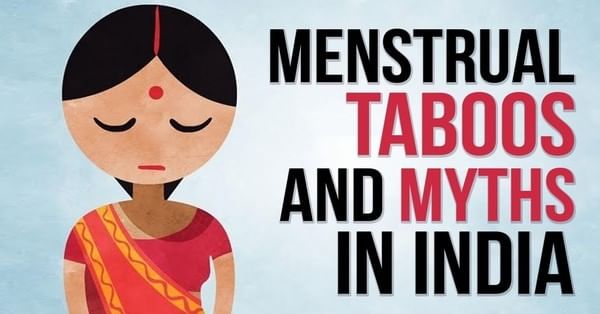
Q5. How do hormones affect both the body and emotions of adolescents? Can you think of an example from daily life?
Ans: Hormones are chemicals that control growth and emotions. They help the body grow taller, change voice, and start processes like menstruation. They also affect mood, causing mood swings like feeling happy one moment and sad the next. For example, an adolescent might feel angry suddenly without knowing why. Understanding this helps us manage our feelings better and talk to elders or friends when needed.
Q6. Ravi noticed that his friend Kabir had become very quiet and avoided playing with others. Later, Kabir shared that he felt awkward about the recent changes in his body during adolescence. Ravi wanted to help him feel better and not embarrassed.
If you were in Ravi’s place, how would you support your friend who feels shy and uncomfortable about body changes during adolescence?
Ans: I would tell my friend that it is completely normal for the body to change and that everyone goes through it. I would listen to their worries, share what I know, and remind them they are not alone. I could suggest talking to a parent, teacher, or doctor. Supporting friends helps build confidence and makes adolescence easier for everyone.
Q7. Why is it important to include iron-rich foods like spinach and raisins in an adolescent’s diet, especially for girls?
Ans: Iron is needed to make blood. During adolescence, the body grows fast and needs more blood. Girls lose some blood during menstruation, so they need more iron. If they don’t get enough, they can feel weak or tired. Eating foods like spinach, kidney beans, and raisins helps keep them healthy and energetic. A balanced diet keeps the mind and body strong during this growth phase.
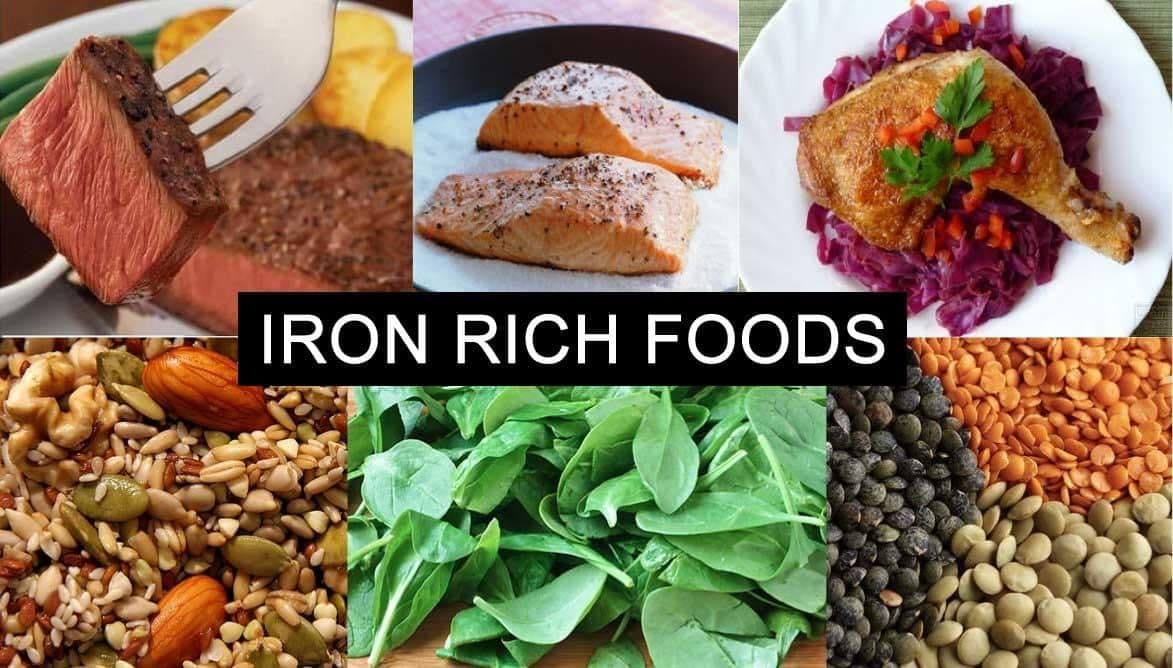
Q8. Why do you think adolescence is compared to the growing stage of a plant? How does this help us understand this phase better?
Ans: Adolescence is like the growing stage of a plant when a small seed becomes a strong tree. During this time, just like a plant prepares to bear fruit and seeds, a child’s body grows and gets ready to become an adult. This comparison helps us understand that changes in our body are natural and important for the next stage of life. It reminds us that growth takes time and care, just like a plant needs water and sunlight.
Q9. If someone offers you a cigarette or tobacco during a party, how would you respond and why?
Ans: I would firmly say 'NO' because I know tobacco and similar substances are very harmful. They can damage my lungs, brain, and heart. Even trying them once can lead to addiction. I would walk away and tell a trusted adult if needed. My health and future are more important than trying something risky because of peer pressure.
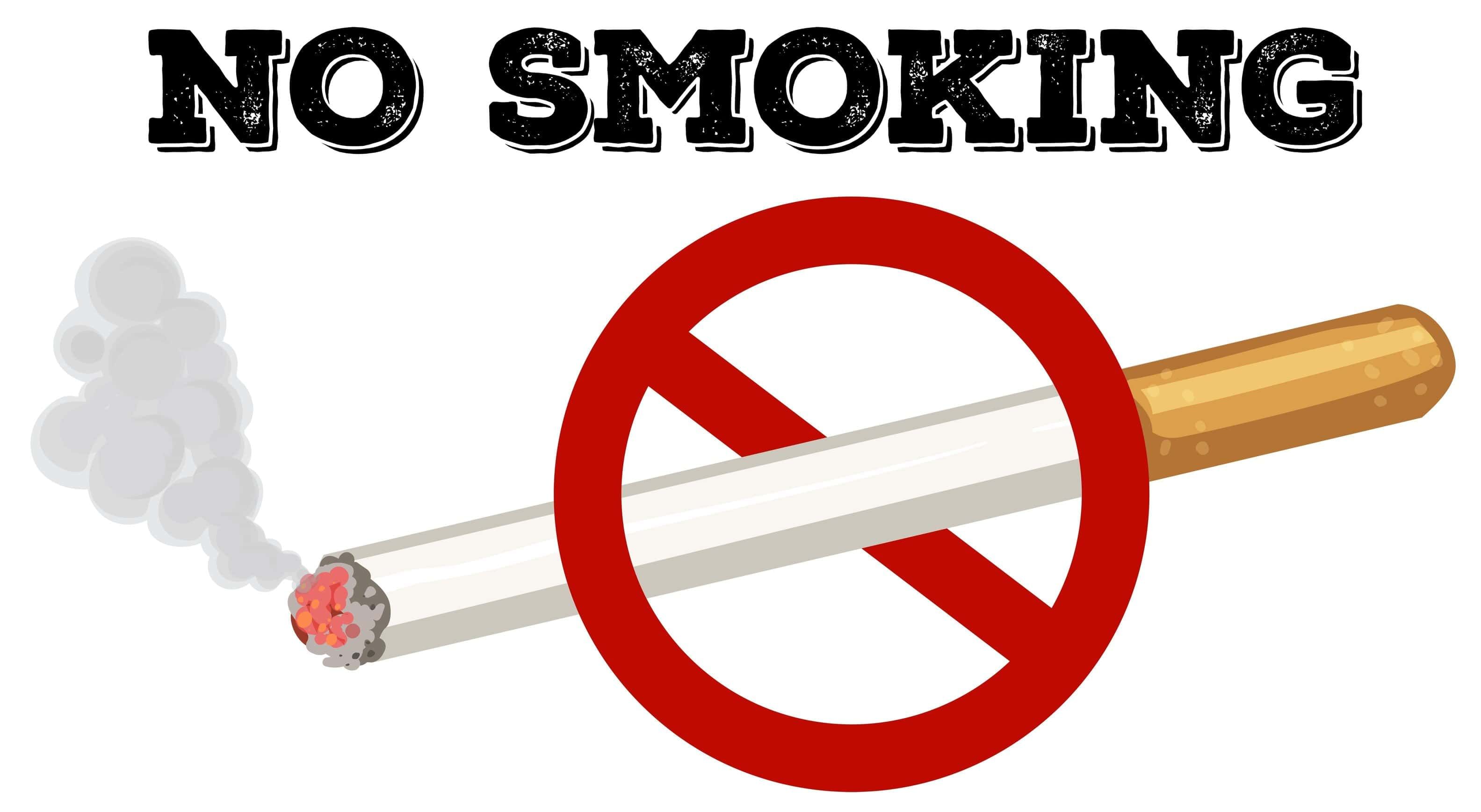
Q10.Isha had just joined a social media platform and was excited to share photos and chat with new people. Her elder cousin warned her to be careful about what she posts and who she talks to online. Isha wondered why it was such a big deal.
If you were Isha, how would you use social media safely during adolescence, and what risks would you try to avoid?
Ans: To use social media safely:
- Don’t share personal details like your address or school name.
- Don’t send photos to strangers.
- Never click on unknown links.
- If someone is mean or threatens you online, tell a parent or teacher.
Cyberbullying is real and can hurt feelings. Being careful and asking for help when needed keeps social media safe and fun.
|
80 videos|224 docs|12 tests
|
FAQs on Class 7 Science Chapter 6 HOTS Questions - Adolescence: A Stage of Growth and Change
| 1. What are the key physical changes that occur during adolescence? |  |
| 2. How do emotional changes during adolescence affect behavior? |  |
| 3. Why is peer influence significant during adolescence? |  |
| 4. What role does education play in adolescent development? |  |
| 5. How can parents support their children during adolescence? |  |

















